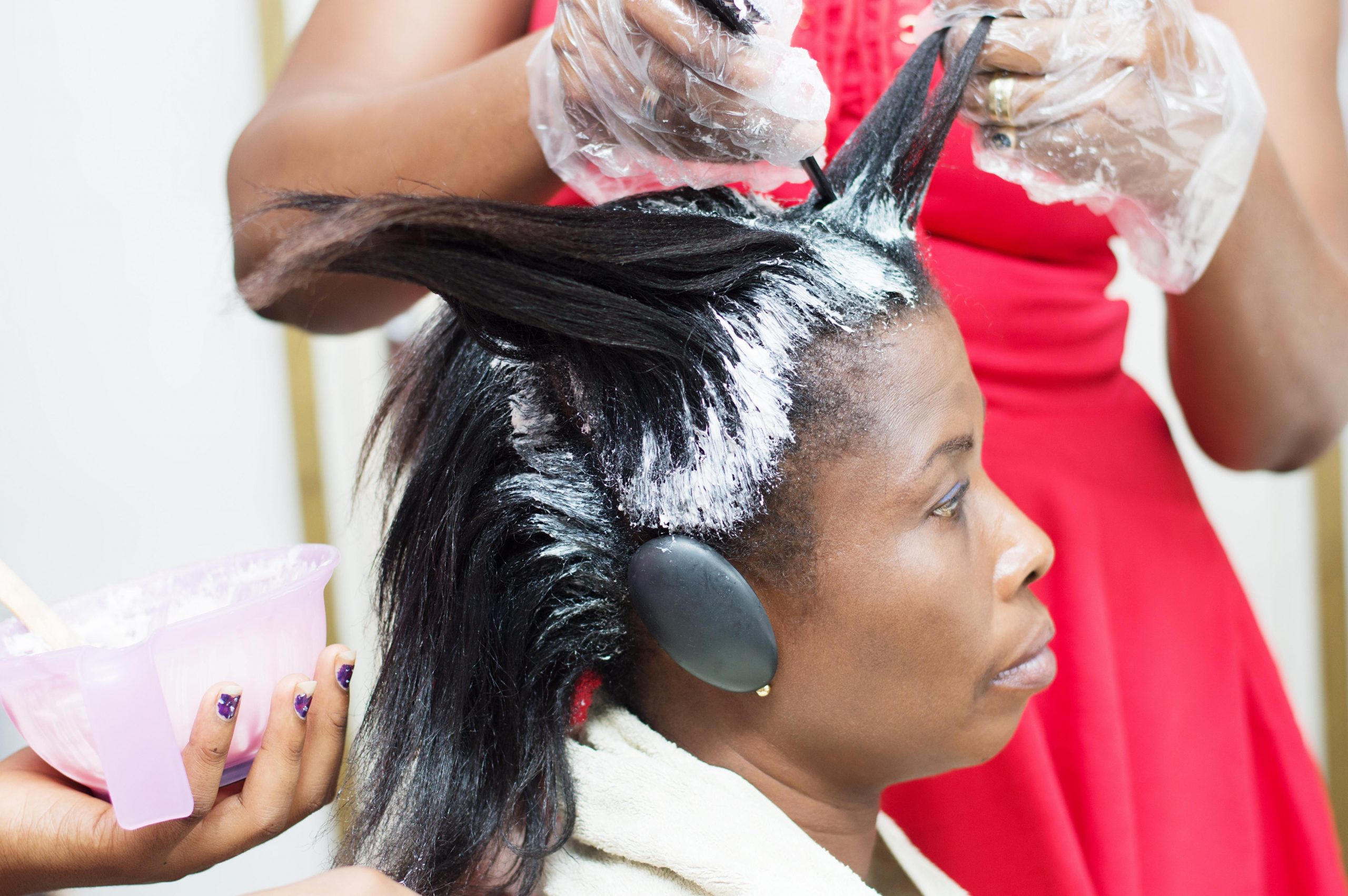
Black and Hispanic women who work as hairdressers are exposed to an array of chemicals, including many that have not been previously identified, a small study finds.
Researchers found that compared with women of color in office jobs, hair stylists had higher levels of various chemicals in their urine. Those substances included expected ones — ingredients known to be in salon products — but also many more the researchers could not identify.
Experts said the findings underscore a need to better understand the chemical exposures inherent to salon work — and what the health effects could be.
There is particular concern for Black women and Hispanic women in the industry, according to senior researcher Carsten Prasse, an assistant professor of environmental health and engineering at Johns Hopkins University in Baltimore.
Those women may have especially high exposure to chemical hair products like straighteners and dyes, because their clients often want those services.
Hair products, as well as a range of personal care products, commonly contain chemicals that are considered endocrine disruptors — meaning they may interfere with the body’s hormones. Studies have linked some of those products, including hair straighteners and dyes, to increased risks of breast, ovarian and uterine cancers in women who use them frequently.
Some of the chemicals in personal care products may be familiar to consumers, such as parabens, pthalates and bisphenols. (Certain brands market themselves as being free of those chemicals.)
And when studies have attempted to delve into hairdressers’ chemical exposures, they have only tested for those usual chemical suspects.
“We wanted to open up the lens and see what else they’re being exposed to,” Prasse said.
So he and his team analyzed urine samples from 23 hairdressers and 17 office workers, all of whom were women of color. Instead of looking only for expected substances, the researchers used a screening method that has been employed to hunt for chemicals lurking in food and wastewater.
Overall, they found, hairdressers were exposed to more chemicals than office workers, including many that have not been previously reported in hair stylists.
“With most of the compounds we identified, we don’t even know what they are,” Prasse said.
The researchers tried to identify possible sources of the chemicals, using a U.S. Environmental Protection Agency database. They found data on 13 of the compounds, and most were associated with hair or other personal care products. Some others were linked to cleaning products or air fresheners that may commonly be used in salons.
So the researchers think that most of the additional chemicals found in hairdressers’ urine likely came from the workplace.
The big question is: Are these chemicals a toxic brew?
Homer Swei is senior vice president of healthy living science for the nonprofit Environmental Working Group.
He said there’s no doubt there are many “harsh chemicals” used in salons. Yet little is known about the specific substances salon workers absorb through their skin or inhale — even in comparison to household personal care products.
“This area is sort of the forgotten child,” said Swei, who was not involved in the study.
He called the findings “a first step.” More research is needed to understand whether hairdressers are exposed to “too much” of these chemicals, and what the potential health impact could be, he said.
It could be easy to assume that the products people slather onto their bodies or apply to their hair are “safe.” But that would be a false assumption, Swei pointed out. The U.S. government does not require health studies or pre-market tests of chemicals used in personal care products.
And while some products tout themselves as free of parabens or pthalates, for instance, those claims are not regulated, either, Swei said.
It’s an especially daunting challenge, both experts said, for salon workers to protect themselves from chemical exposures. So it’s critical to understand what is in the products they habitually use, and whether they carry health risks.
That could lead to the development of better products, Prasse said.
According to the researchers, there are roughly 700,000 hairdressers in the United States. More than 90% are women and almost one-third are Black women or Hispanic women. And there’s another layer, Prasse pointed out: Many work in those jobs while pregnant — as did half of the hairdressers in this study.
Whether and how salon chemicals could affect pregnancy or the developing fetus is another area that needs research, Prasse said.
The findings were published Jan. 24 in the Journal of Exposure Science and Environmental Epidemiology.
More information
The Environmental Working Group has a searchable database on ingredients in personal care products.
SOURCES: Carsten Prasse, PhD, assistant professor, environmental health and engineering, Johns Hopkins University, Baltimore; Homer Swei, PhD, senior vice president, healthy living science, Environmental Working Group, Washington, D.C.; Journal of Exposure Science and Environmental Epidemiology, Jan. 24, 2023, online
Source: HealthDay

Leave a Reply